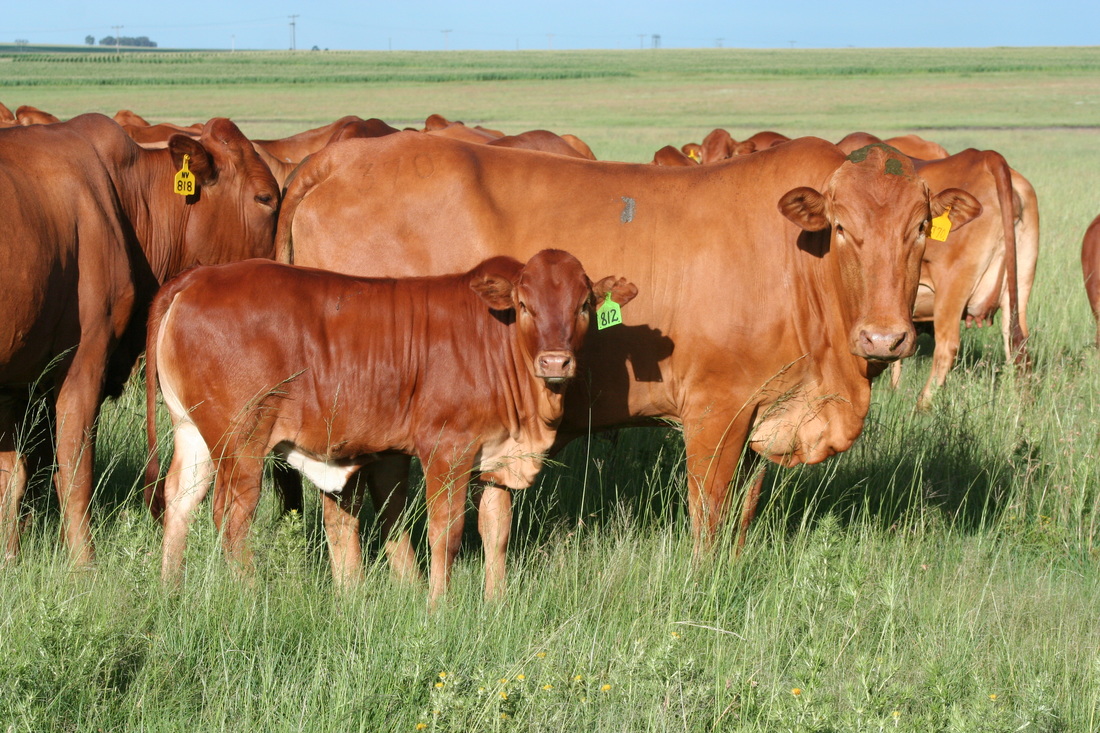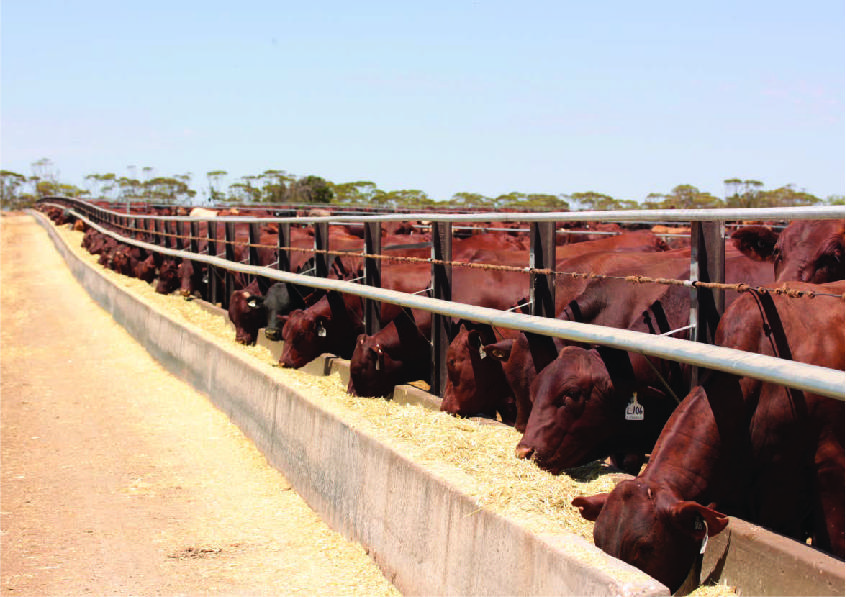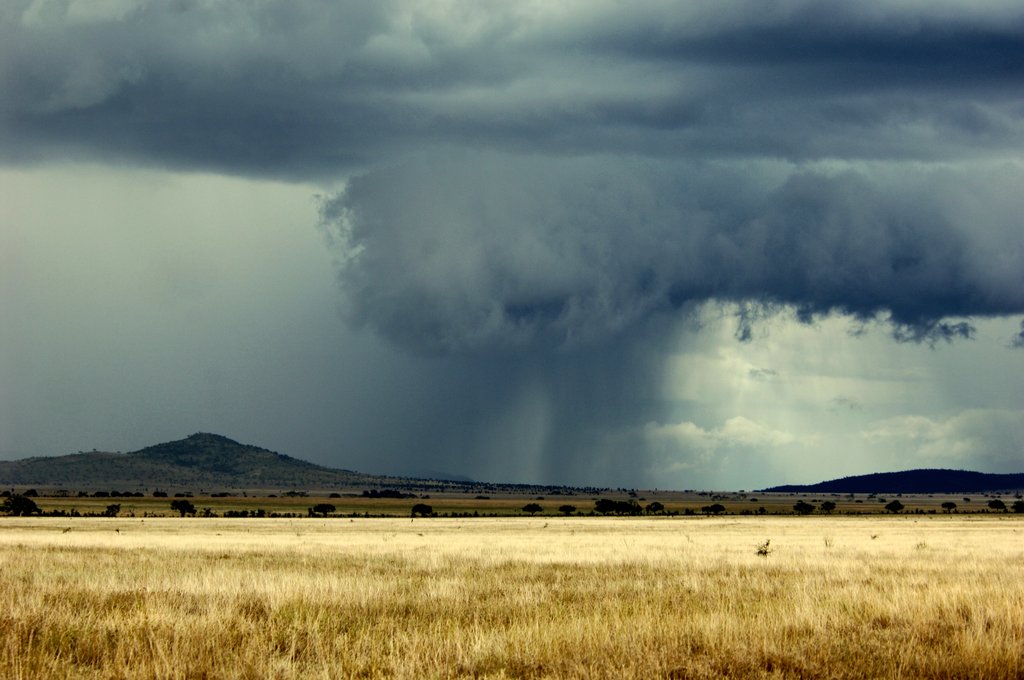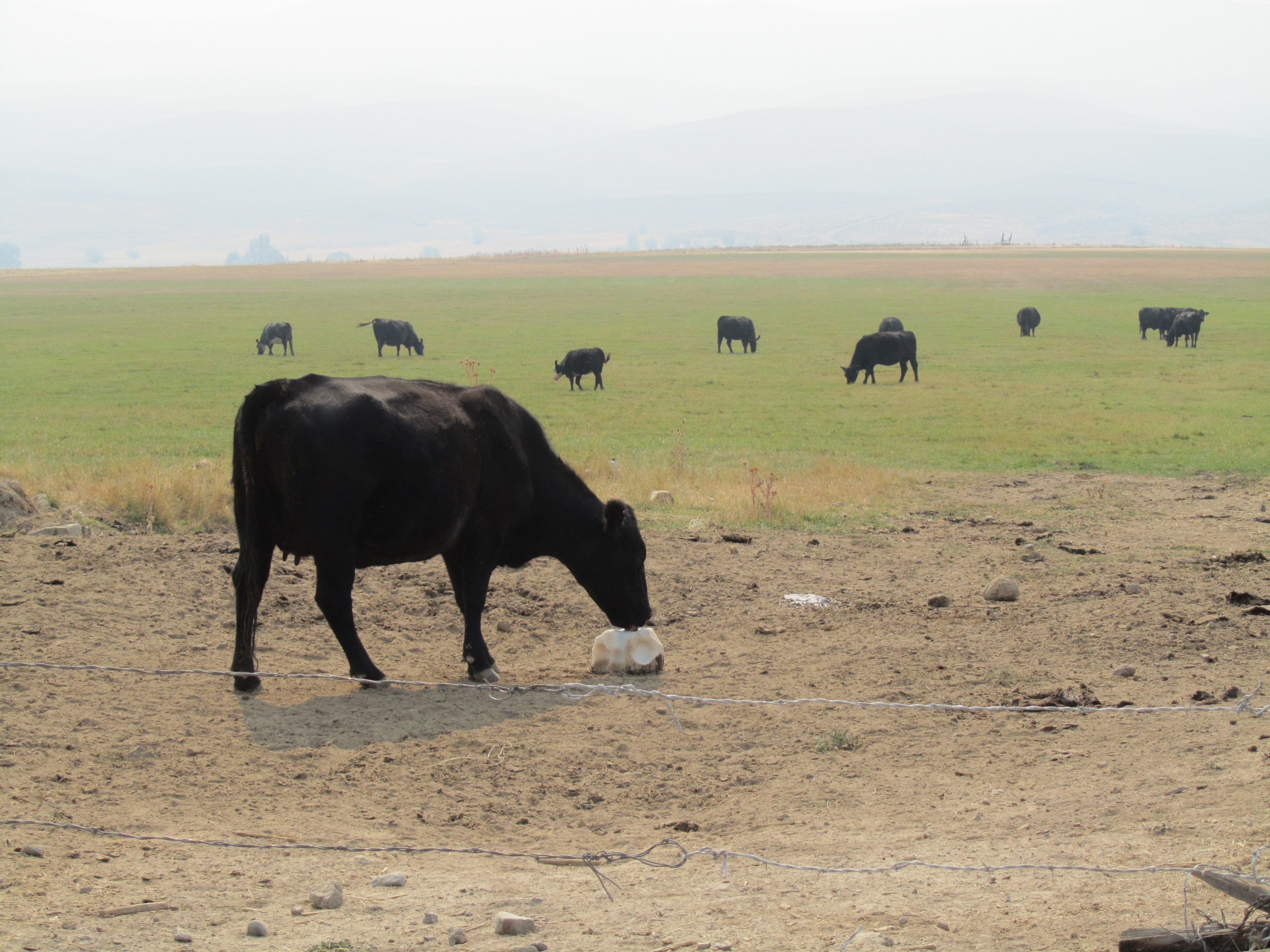Cattle farming is primarily conducted on an extensive basis, making use of natural grazing as the main feed source. This natural feed source varies, however, both in quality and quantity, as a result of seasonal changes, as well as regional influences. Improved knowledge of these variations enables us to supplement economically, the nutrient inadequacies. It is estimated that as much as two-thirds of the final mass of beef in this country is produced from the veld while close to a million head are processed by feedlots. The aim of ranching is to produce a beast weighing about 500 kg on the hoof at 2 ½ years, yielding a carcase of 280 kg.


This immediately places the emphasis on beef production on veld management, but the ideal target can seldom be reached without some form of supplementation of veld grazing. In the larger ranching areas, on the mixed and sweet veld, with an annual rainfall of approximately 300 – 450 mm is generally estimated that the stocking intensity would be approximately 5 -7 ha per Large Animal Unit (LAU). In sparser rainfall areas (200 - 300 mm) 8,5 - 13,0 ha is considered necessary per LAU. The Large Animal Unit (LAU) or Mature Animal Unit (MAU) is defined as:
- 1 mature cow or bull, or
- 2 heifers less than 2 years old, or
- 3 calves
According to the rough guide indicated, the aim is to obtain the highest possible sustainable carrying capacity without causing irreparable deterioration of the pasture and consequent stock losses. The carrying capacity should, therefore, be assessed on the winter low and not, is often the case, on the summer peak grazing when with reasonable rainfall, there is adequate grass growth to supply the total energy requirements of animals. The green colour of the plant growth (carotene), supplies the pro-vitamin A requirements while the surplus is stored in the liver for use at times of inadequacy in the dry, winter months. Ideal spring and summer conditions, with good rains, yield adequate protein levels of the natural feed sources. During this time, it is however necessary, to think in terms of mineral (calcium/phosphate, trace element) and salt supplementary feeding.

An important basic requirement is sufficient grazing or feed for the requirement of cows' capacity of producing sufficient milk to give the young calves a good start. A high degree of fertility in the herd is of paramount economic importance as the larger the batch of calves produced annually from the particular herd, the lower the cost of production and consequently the price per weaner.
Bone-meal or calcium phosphate is a good source of phosphate and is recommended in the ratio of 1 calcium phosphate: 1 salt.
Blending of 10 l of molasses to every 100 kg lick is recommended. The molasses can be diluted 50:50 with water to facilitate even distribution. Alternately, the addition of 10% maize meal will improve acceptability.
The lick mentioned thus far will be taken at a rate of 100 g per bovine per day during the spring-summer months. The licks should be placed near the water source where they will be better utilized as the cattle will be in the vicinity of the water at least once a day. The advantage associated with the supplementation of the mineral requirements is an accelerated growth of young animals, better utilization of the forage and a higher conception percentage. If maximum efficiency is to be achieved, the micro-nutrient requirements of the region should be considered and supplemented accurately.

Environmental Cycle – Nutrition Available
The grass growth rate depends on environmental conditions. There is a significant difference in the amount, digestibility and protein content of available grass during the four seasons. See next diagram.
Production Cycle – Nutrition Required
The nutritional needs of a cow producing one calf a year differ depending on her stage of production during 12 – the month production cycle. See next diagram.

Source: Animal Nutrition, Concepts and Applications, PA Boyazoglu, Revised Edition

Source: Animal Nutrition, Concepts and Applications, PA Boyazoglu, Revised Edition